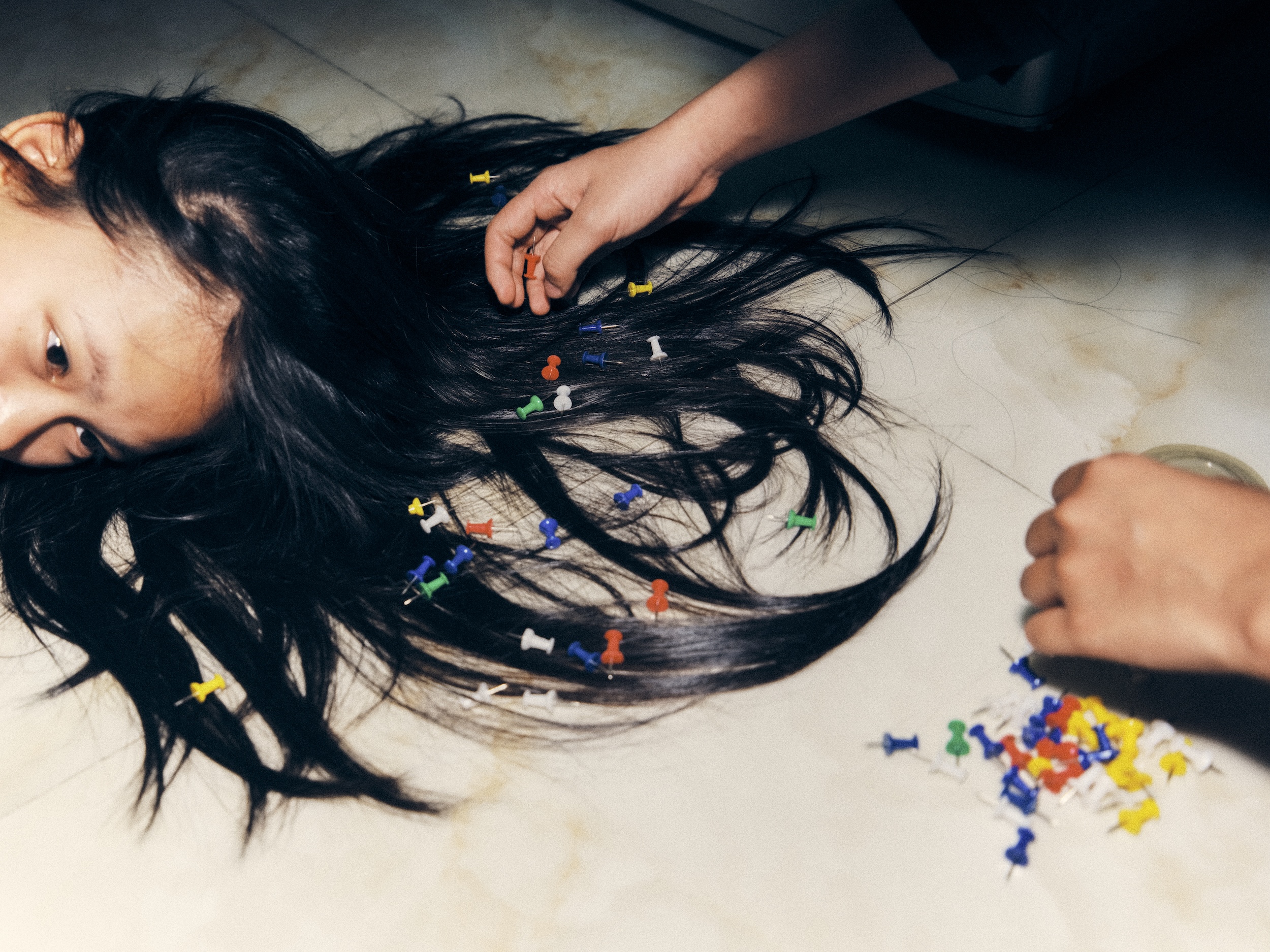© Xueling Chen
In the Lightboxes at King’s Cross, Violet Conroy curates imagery which presents fashion as less a materialistic choice and more about “an attitude, a mood”
“Fashion imagery as a genre is more expansive than ever,” says Violet Conroy, curator of Rethinking Fashion Image, an exhibition at the Lightboxes on Lower Stable Street in Coal Drops Yard, King’s Cross. “It’s less about clothing and more about an attitude, a mood, or a style – much of fashion imagery today is defined by a sense of place or people.” Her words resonate in the red bricked underpass of Coal Drops Yard, which was once a Victorian coal depot, and now a network of restaurants, galleries, and gathering places in the shadow of Central Saint Martins. Amongst the food stalls are the works of nine current and former CSM photographers glowing softly in lightboxes. Together, they pose the question: what does it mean to make a fashion image in 2025?
“Editorial, non-commercial fashion work is a space of great visual innovation and freedom,” Conroy explains. “It’s produced some of fashion’s most iconic imagery, by people like Juergen Teller, Corinne Day and Tim Walker.” Having just returned to London from Athens, where I interviewed Teller at his new Onassis Ready exhibition titled you are invited, the photographer’s intimate artistic approach to fashion photography is on my mind. He has the ability to read his subjects not through their clothes, but through their contradictions: their ideas, vulnerabilities, and tensions. Perhaps no image captures Teller’s irreverence toward fashion quite like his 2005 Marc Jacobs campaign featuring Victoria Beckham crawling out of an oversized shopping bag with her name and branding printed onto it. What could have been a glossy luxury advertisement instead became a subtle critique of consumerism and self-image. Teller’s work continues fashion photography’s conversation concerning authenticity, power, and the human body.
Many of Teller’s peers and successors studied at Central Saint Martins, a school whose alumni form a kind of visual genealogy of creative risk. Wolfgang Tillmans, Corinne Day, Rankin, Tim Walker, Harley Weir, Campbell Addy and many more have all reshaped how fashion is seen, transforming the genre and its legacy, and the artists in Conroy’s exhibition continue that lineage, but also turn the gaze inward. For instance, Camille Lemoine photographs friends and family in the Scottish countryside. In one image, a model lies outstretched on a narrow path, swallowed by long sun-bleached grass that surrounds her. The clothes are barely visible, and what remains is a feeling of solitude and breath. Carina Kehlet Schou constructs her images as meditations on nostalgia and identity, balancing the staged with the emotional. For Coco Wu, the act of photographing begins long before the shutter clicks. She street casts strangers, spending hours walking or talking with them before taking a single frame.
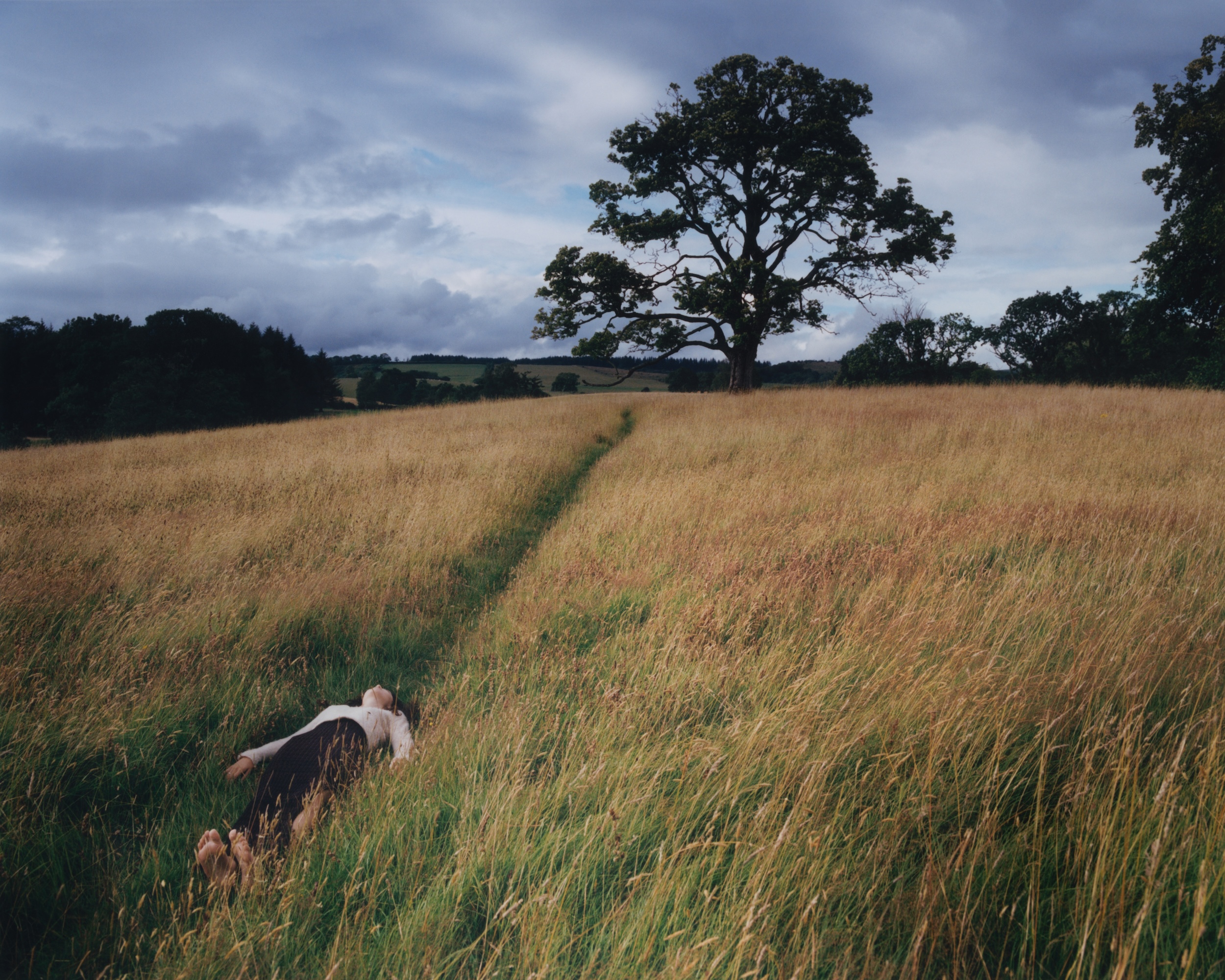

“Unconventional or surprising imagery is what excites me most – work that challenges what we think of as beautiful”
Conroy explains the importance of casting: “We’ve moved away from the impossibly aspirational imagery of the past into a more interesting and inclusive era of fashion. By casting non-professional models or people from their own communities, these images are much more striking, partly because they are out of the ordinary, but also because they challenge normative, outdated ideals of beauty in favour of something more awkward and real.” Kaine Harrys Anamalu mixes sharp Italian tailoring with a critical eye on representations of the Black body. His work feels as much about authorship and history as about fashion itself.
When asked what threads she found among the works, Conroy identifies recurring motifs: “I saw a deep and personal connection with nature (in the work of Camille Lemoine and Maya-Aska Arai), an interest in dismantling the glamour and artificiality of aspirational fashion imagery (Kaine Harrys Anamalu, Coco Wu, Rino Qiu) in favour of something that feels more like documentary photography. I picked the work that spoke to me visually first, and threads began to emerge later, with photographers working within and against the genre of fashion imagery.” Across the exhibition, these photographers dismantle the glossy veneer of traditional fashion imagery. Their work feels intimate, grounded, and deeply human, as if the camera has turned away from aspiration and toward connection.
That connection to nature feels both visual and philosophical. Many of these photographers use the natural world not just as a location or backdrop but as collaborator, embracing weather and light as important and active elements in their storytelling. Fashion photography has long thrived on creating other-worldly fantasies in studio sets, yet here, images are shaped by the instability of daylight and the slow rhythm of the seasons. The landscape mirrors the self, as imperfect and ever changing.
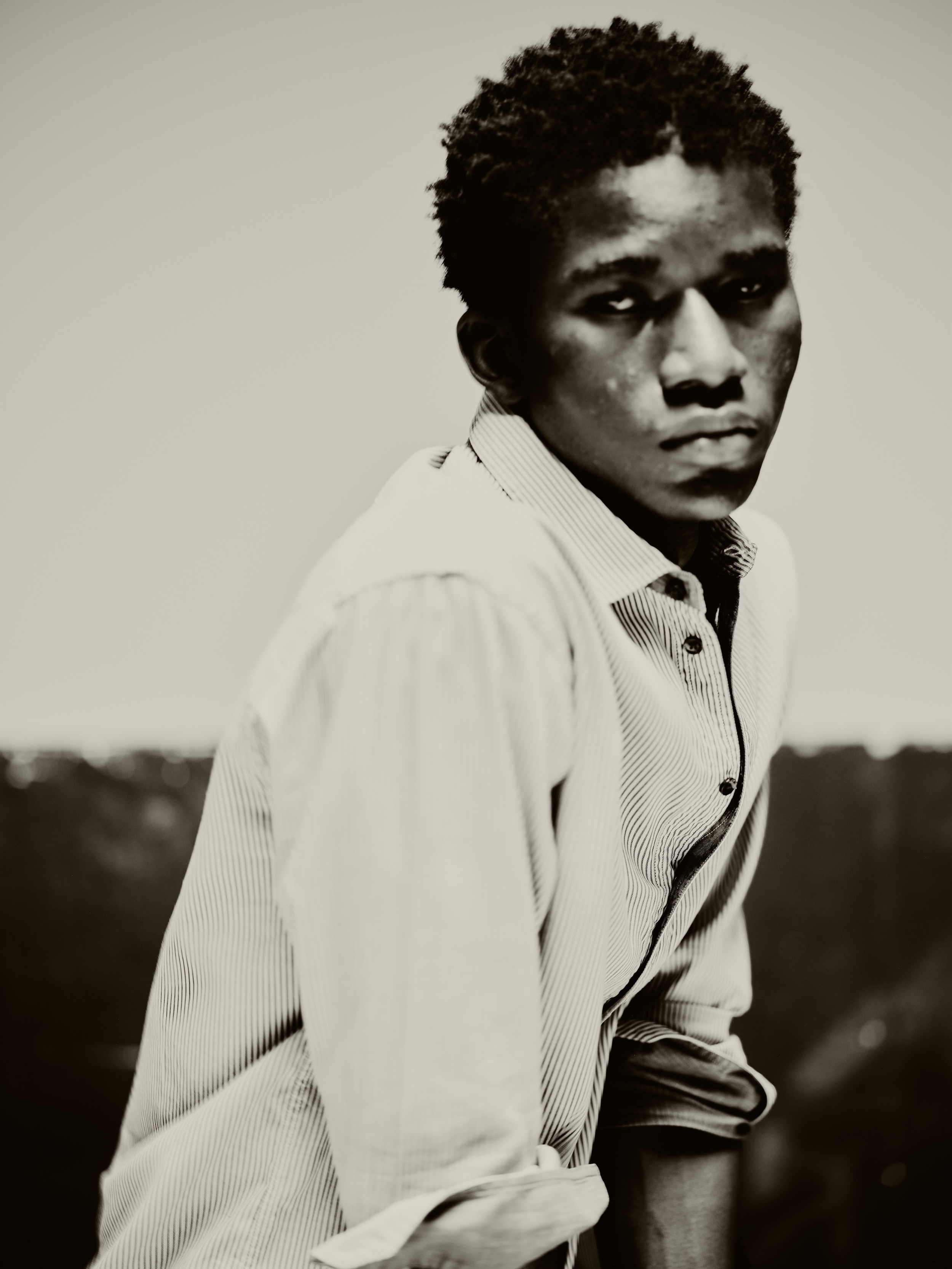

Conroy is especially excited about the show’s setting. “Displaying these works outdoors on Lower Stable Street means a wider audience can encounter them – people who might never step into a gallery. I want passersby to see this work and expand their idea of what fashion imagery even is.” If the old fashion photograph sold unattainable fantasy, the new one seeks intimacy. In an age where every phone is a camera and every social platform a publishing tool, the question becomes: how can an image still move us? What can it reveal that we don’t already know?
Today’s photographers seem less interested in perfection and more in presence and in what happens between the staged and the spontaneous. Shooting on iPhones, in bedrooms, or on the unstaged street corners, they have rediscovered what it means to make images that feel alive. “I’m excited to see how the next generation redefines the parameters of the fashion image,” Conroy says. “Unconventional or surprising imagery is what excites me most – work that challenges what we think of as beautiful, or what even counts as fashion.”
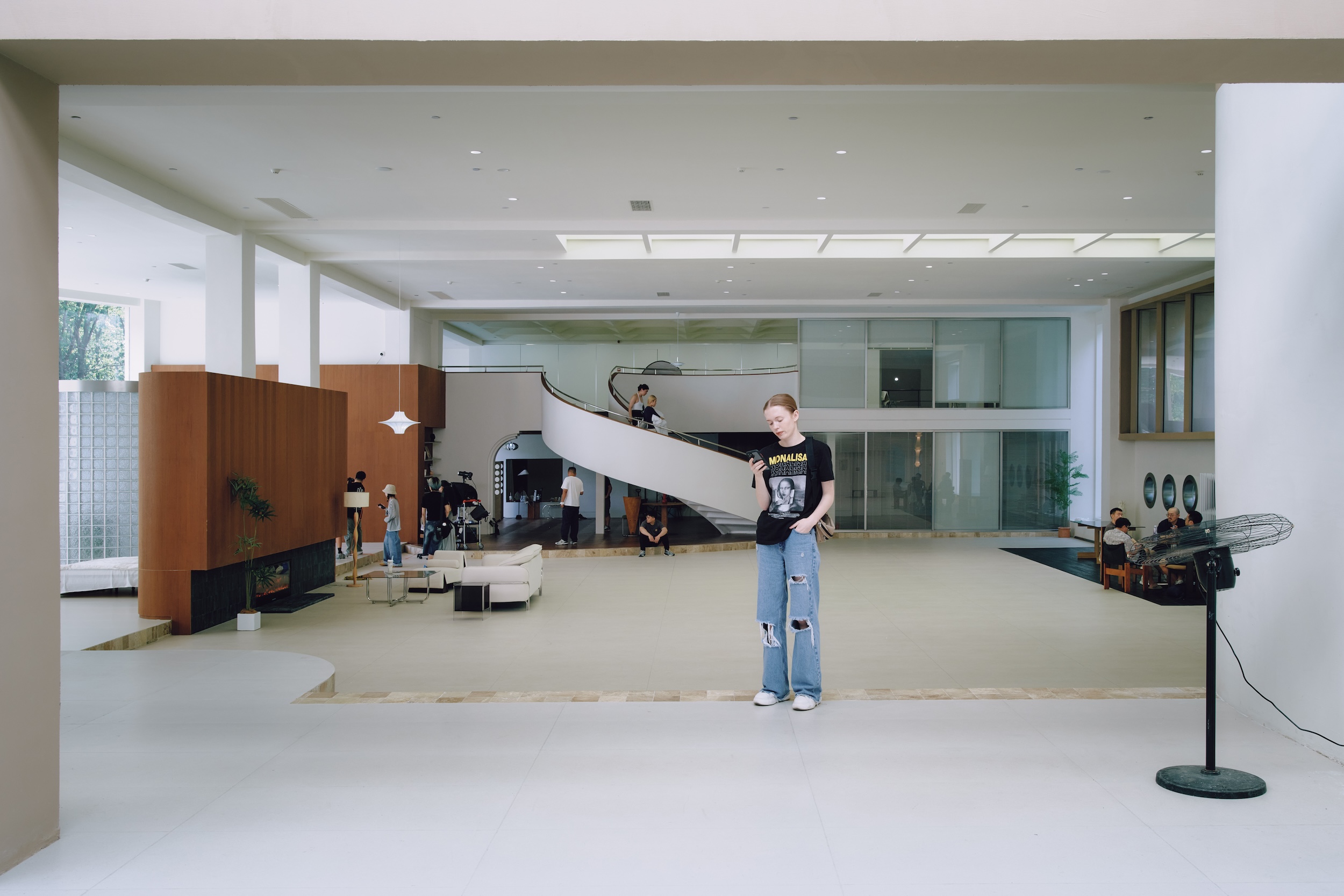
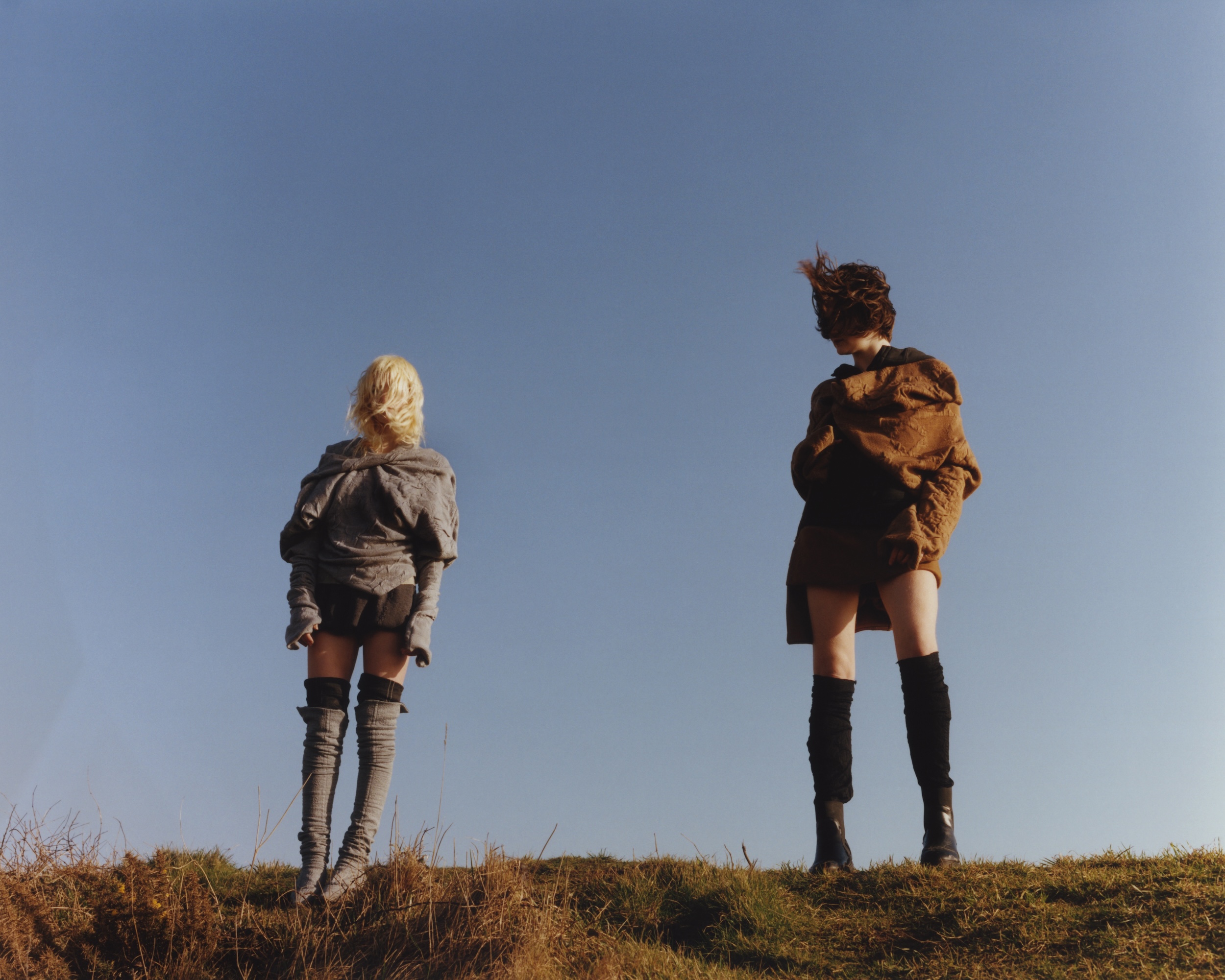
Rethinking Fashion Image is on at Lower Stable Street Lightboxes, Kings Cross, until 05 January, 2026

